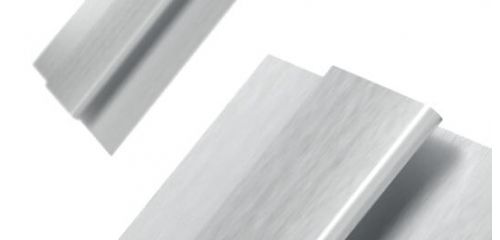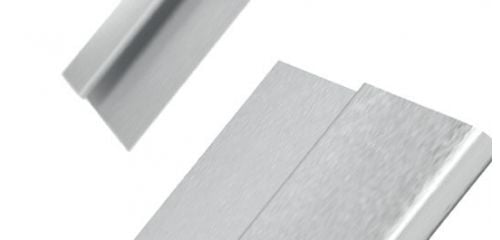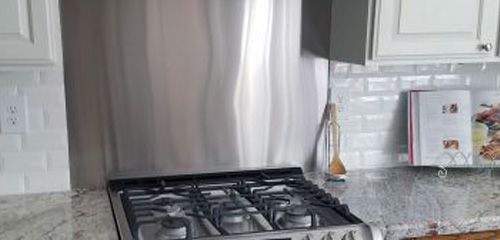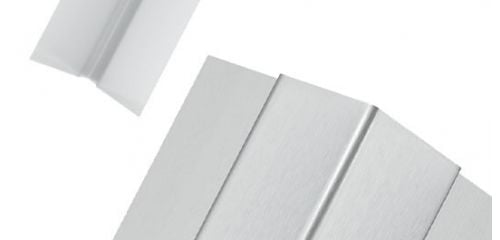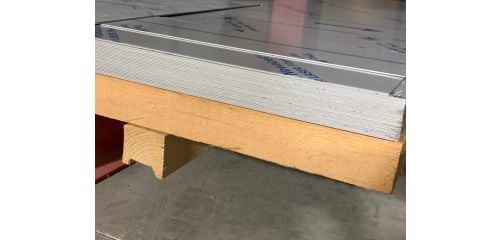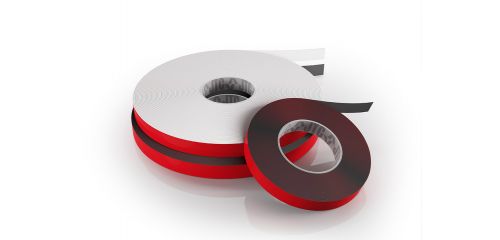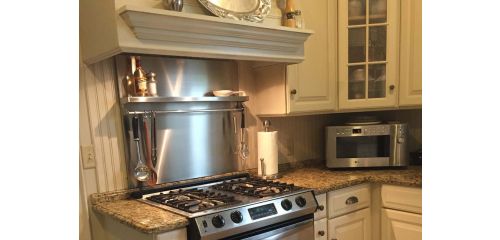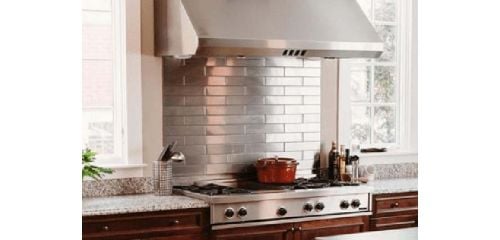As great as some metals look, as they age (copper, bronze, etc) sometimes our metallic treasures can use a bit of sprucing up after the hard winter months of snow, ice, and the cold - or even just need a face-lift to coordinate with rest of the room or yard that is going through a similar face-lift.
Painting metal objects can be easy, quick, and inexpensive way to add a pop of color, restore some youth to an old looking piece, and repurpose an item that would otherwise be hidden away.
What do you need? Most likely this list includes your primer, a steel brush, a piece of steel wool, a clean damp cloth, some soapy water, and your paint color of choice.
Regardless of the type of metal you are painting over (ferrous being an iron item or galvanized being a zinc coated piece of iron to prevent rusting), a primer is an important step to evenly coating the item. And to get the primer to look its best, you first need to prep the item.
For iron items that have already started rusting, take a firm steel brush and remove as much of the rust and debris from the top coat so that the primer can adhere to the surface as best as it can. Some areas will be a little harder than others, and that is where a piece of steel wool can do the trick nicely to get in the crooks and crevices of a piece and get rid of some of the finer debris the steel brush might have missed. After the metal surface is clear of rust, take your clean damp cloth and wipe away any dust that might have survived the treatment; and as soon as that is done apply your primer immediately to avoid anything getting on the metal or flash rusting from occurring.
If you have a galvanized piece of metal, don’t worry so much about the steel brushing as there shouldn't be any rust—however there might be some surface oxidation than be removed in a similar manner.
Afterwards, you can take that clean damp cloth and soak it in soapy water to clean the object from any oil or residue that has developed on the surface and again, directly apply your primer. Since primers and paints now come in various forms, it will depend on the object you are painting as to which is best. Where some metal objects can be easily brushed, like a flat table, other items might be more difficult to roll on paints and primers (like a bench with a weave backing) and a spray paint delivery method might be better. Either way, use the paints in an open or ventilated space. If using a spray paint, stand back a few feet so the paint doesn’t collect or pool (cardboard and newspaper work great for spills or drips if they should happen).
Take note of how long the respective primer asks to dry before applying the paint, and give it enough to time effectively dry.
There are also paint and primer combos that look very good and last through the seasons with outdoor metallic furniture. Remember, even though you might be skipping the priming phase (which you shouldn’t) you should still clear away any surface imperfections so the paints can adhere properly to the object.
And voila, you have a brand new looking, hand painted piece of metal, furniture, or art!


